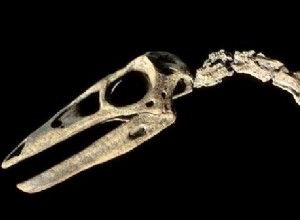Portrait of Jane Dieulafoy by Eugène Pirou • WIKIMEDIA COMMONS / EUGENE PIROU Two Frenchmen, on their way to Susa, crossed Persia in 1885. One of them was called Marcel Dieulafoy, whom the French government commissioned to carry out excavations in this former capital of the Persian Empire. His c




